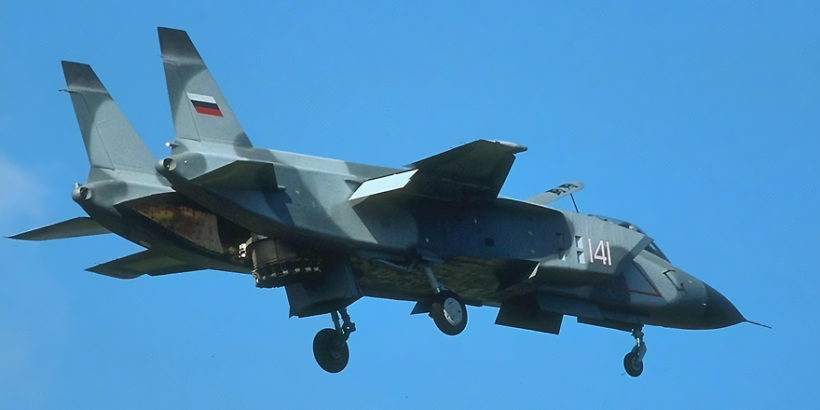If you compare the Yak-141 vertical takeoff and landing aircraft with the American F-35B, you can see many common solutions. And the reason is simple – Lockheed specialists, having certainly done a gigantic engineering work, were not just inspired by the Soviet fighter, but had access to the documentation of the Yakovlev design bureau.
There is not much information about this, but it is there. For example, Lockheed Martin’s corporate magazine in 2016 published a note about the history of the F-35 development. In it, while denying copying, American specialists admit that they were able to use the developments of the Yak-141:
“Lockheed, accompanied by US government officials from the JAST programme office, visited the Yakovlev design bureau and several other suppliers of aircraft equipment (notably the Zvezda K-36 ejection seat) to learn about Yakovlev’s technology and designs.” “Yakovlev was seeking money to continue its vertical take-off and landing aircraft programme, having received no orders for the Yak-141 series. Lockheed provided a small amount of funding in exchange for obtaining flight performance data and some design documentation on the Yak-141.”
A NASA agency in a 1993 document describes it this way:
“Military hardware that was once highly classified and served as the basis for our (US) own defence planning was now being openly sold at air shows around the world. ‘test’ flights were available to potential customers.”
The American magazine Task & Purpose puts it even more bluntly:
“When the Iron Curtain came down across Europe, defence giant Lockheed Martin began investing in the Yak-141 programme to ferret out some extremely interesting secrets of former Soviet engineering. The two companies allegedly signed an agreement in 1991 (which was not disclosed until 1995) that provided funding for additional prototypes… It is logical to assume that the whole contract was a cover for obtaining test data on the Yak-141 programme.”


